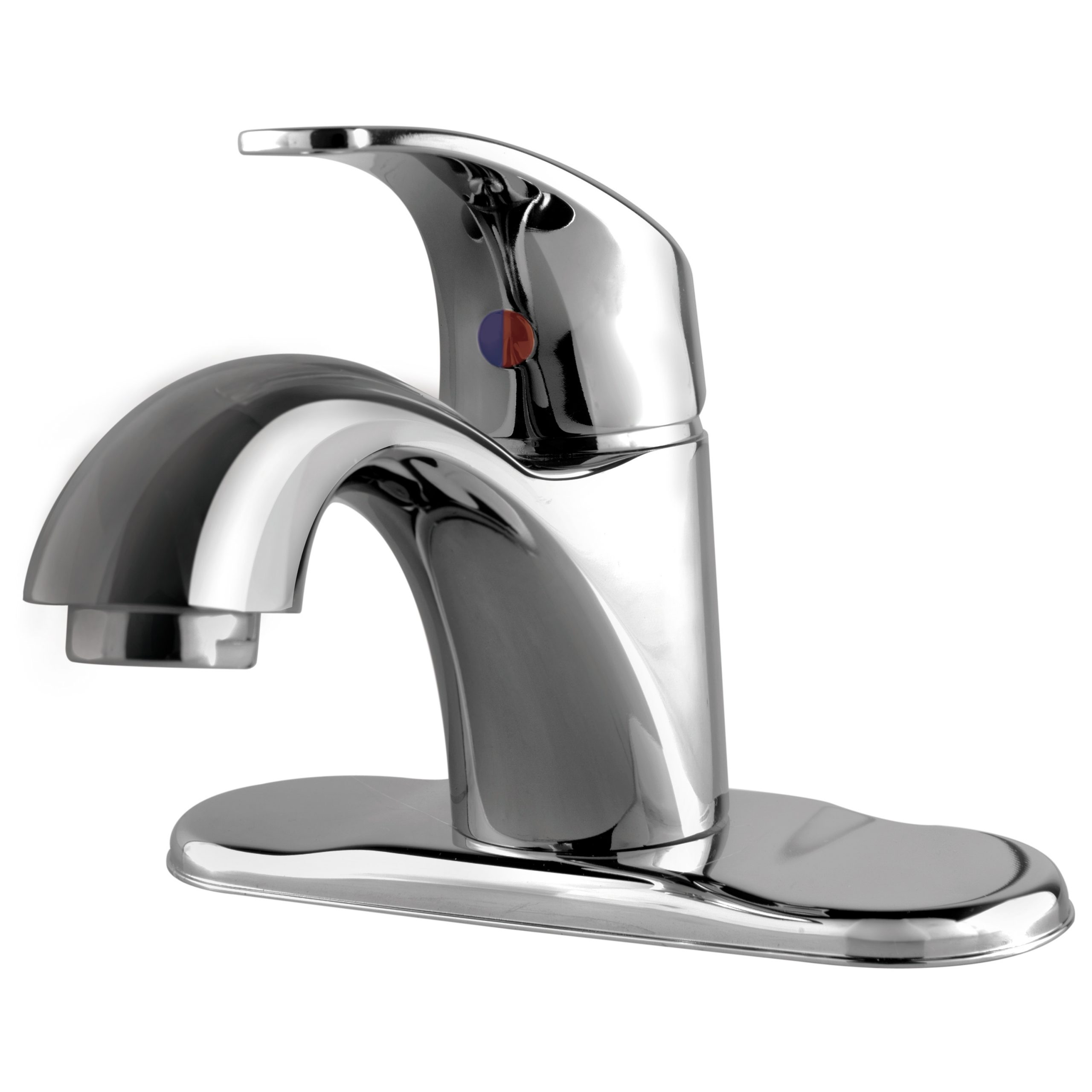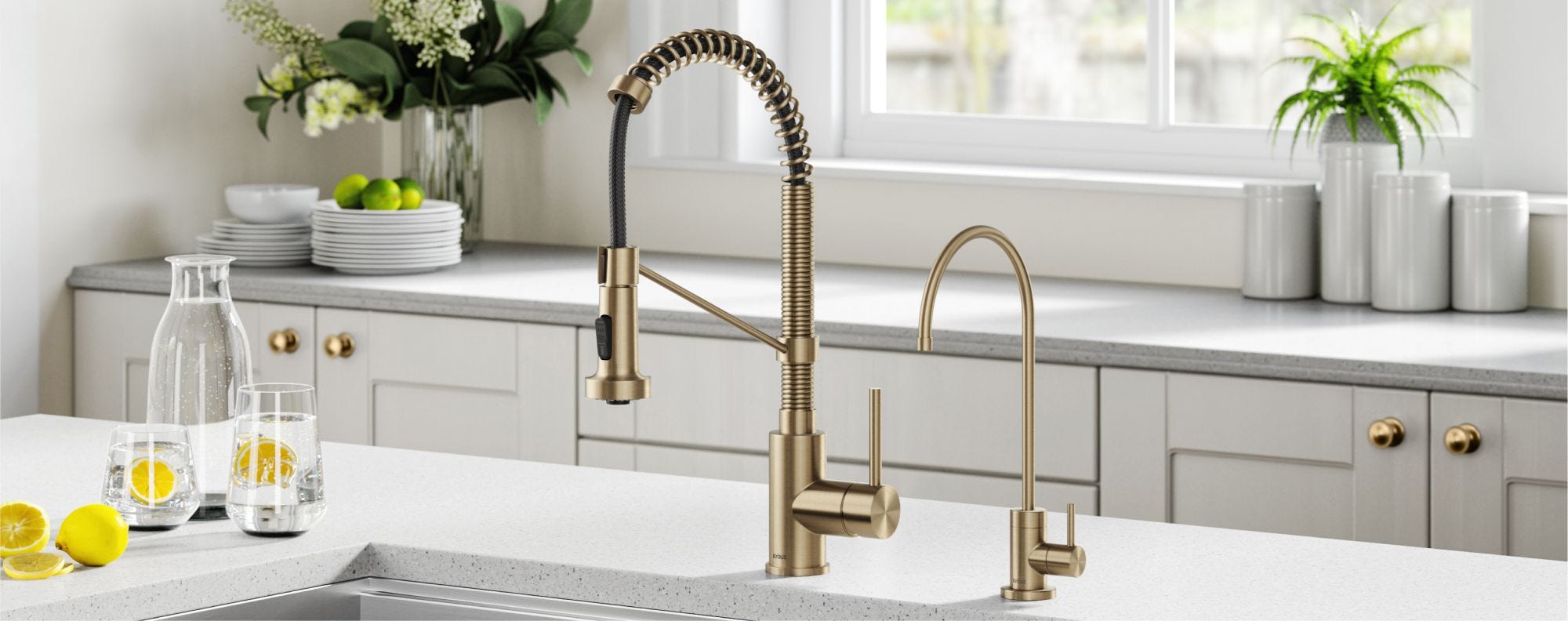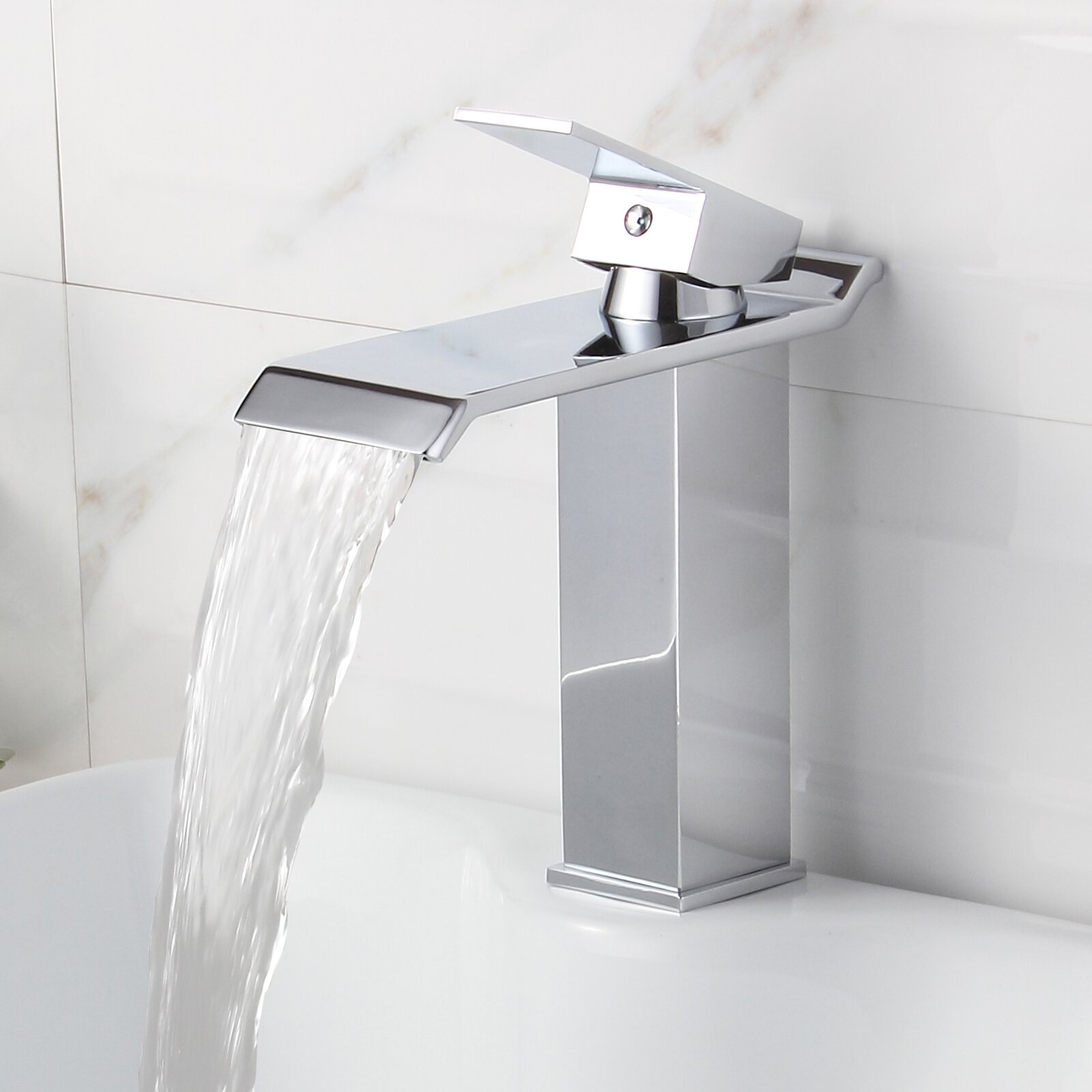Bathroom Faucet Types and Features: Water Creation Bathroom Faucets

Choosing the right bathroom faucet can significantly impact the functionality and aesthetics of your bathroom. From the type of handle to the finish and innovative features, there are many factors to consider when making your selection.
Bathroom Faucet Types
The type of bathroom faucet you choose will depend on your personal preferences and the style of your bathroom. Here are some of the most common types of bathroom faucets:
- Single-Handle Faucets: These faucets are the most popular choice for bathrooms as they are easy to use and offer precise temperature control. They feature a single lever that controls both water flow and temperature.
- Two-Handle Faucets: These faucets have separate handles for hot and cold water, offering a more traditional look. They can be challenging to use for some people, as they require two hands to adjust the water temperature.
- Widespread Faucets: These faucets feature two separate handles that are mounted on the countertop, offering a more modern look. They require three holes in the countertop for installation and are ideal for larger bathroom sinks.
- Centerset Faucets: These faucets are designed for a three-hole sink and feature a single handle mounted in the center of the countertop. They offer a classic look and are a popular choice for traditional bathrooms.
- Wall-Mount Faucets: These faucets are mounted directly to the wall, creating a sleek and minimalist look. They are often found in contemporary bathrooms and can be a good option for smaller bathroom sinks.
Bathroom Faucet Finishes
The finish of your bathroom faucet can significantly impact the overall look of your bathroom. Here are some of the most popular finishes:
- Chrome: Chrome is a classic finish that is known for its durability and shine. It is also relatively easy to clean.
- Nickel: Nickel is a popular alternative to chrome, offering a slightly warmer and more subtle finish. It is also durable and easy to clean.
- Brushed Nickel: Brushed nickel has a matte finish that hides fingerprints and water spots. It is a popular choice for contemporary bathrooms.
- Oil-Rubbed Bronze: Oil-rubbed bronze has a warm, rustic finish that is popular in traditional bathrooms. It is often used with other bronze accents in the bathroom.
- Matte Black: Matte black is a popular modern finish that creates a bold statement. It is known for its sleek and elegant look.
Innovative Bathroom Faucet Features
Modern bathroom faucets are equipped with innovative features that enhance functionality and convenience. Some examples include:
- Touchless Activation: Touchless faucets are activated by a sensor, allowing you to turn the water on and off without touching the handle. This feature is particularly useful for maintaining hygiene in the bathroom.
- Temperature Control: Some faucets offer precise temperature control, allowing you to set the desired water temperature for showering or washing your hands. This can help prevent scalding and ensure comfortable water temperatures.
- Water-Saving Technologies: Water-saving technologies, such as aerators and flow restrictors, can significantly reduce water consumption. These technologies can help conserve water and reduce your water bill.
Choosing the Right Bathroom Faucet

Selecting the perfect bathroom faucet is an important decision that influences both the functionality and aesthetics of your bathroom. It’s a balance of form and function, ensuring your faucet not only looks great but also performs flawlessly for years to come. This section delves into the factors that matter most when choosing a bathroom faucet.
Comparing Faucet Types
Understanding the different types of bathroom faucets available is crucial for making an informed choice. Each type has its own advantages and disadvantages, influencing factors such as installation, style, functionality, and price. The following table compares popular faucet types:
| Faucet Type | Installation | Style | Functionality | Price |
|—|—|—|—|—|
| Centerset | Easy to install, requires 3 holes | Traditional, classic | Basic functionality | Affordable |
| Widespread | Requires 3 holes, provides more space for spread | Contemporary, modern | Increased functionality | Mid-range |
| Wall-Mount | Requires plumbing access behind the wall, sleek and minimalist | Modern, contemporary | Space-saving, unique look | Higher-end |
| Single-Hole | Requires a single hole in the sink | Modern, contemporary | Simple, sleek design | Mid-range to high-end |
| Roman Tub Faucet | Designed for freestanding tubs, requires specialized installation | Traditional, elegant | Offers unique functionality | Higher-end |
| Deck-Mount | Requires a deck or countertop for mounting, versatile | Traditional, modern | Provides flexibility in placement | Mid-range to high-end |
Selecting the Right Faucet for Different Bathroom Styles, Water creation bathroom faucets
The style of your bathroom plays a crucial role in choosing the right faucet. Consider the overall aesthetic of your bathroom and choose a faucet that complements it. For example:
– Traditional Bathrooms: Opt for centerset or widespread faucets with classic designs, featuring ornate handles or cross handles.
– Modern Bathrooms: Choose single-hole or wall-mount faucets with sleek, minimalist designs and clean lines.
– Contemporary Bathrooms: Explore widespread or deck-mount faucets with geometric shapes and modern finishes.
Importance of Water Pressure, Flow Rate, and Spout Reach
Beyond aesthetics, the functionality of your faucet is equally important. Water pressure, flow rate, and spout reach are key factors to consider:
– Water Pressure: A high water pressure ensures a strong, consistent flow. Consider the pressure in your home and choose a faucet with a flow rate that matches.
– Flow Rate: The flow rate determines the volume of water dispensed per minute. A higher flow rate can be desirable for faster filling of sinks or tubs, but it can also increase water consumption.
– Spout Reach: The spout reach refers to the distance the spout extends from the faucet base. Choose a spout reach that allows for comfortable use and prevents splashing.
Bathroom Faucet Installation and Maintenance

Installing a bathroom faucet can be a rewarding DIY project, but it requires careful planning and execution. By understanding the process and following the right steps, you can ensure a successful installation that enhances your bathroom’s functionality and aesthetics.
Tools and Materials Needed for Installation
The tools and materials required for bathroom faucet installation will vary depending on the specific faucet model and your existing plumbing setup. However, some essential items are generally needed.
- Adjustable Wrench: Used to tighten and loosen nuts and fittings.
- Channel-Lock Pliers: Helpful for gripping and turning pipes and fittings.
- Plumbers Tape: Used to seal threaded pipe connections, preventing leaks.
- Tubing Cutter: Used to cut copper or PEX supply lines to the desired length.
- Level: Ensures the faucet is installed straight and even.
- Screwdriver: Used to secure the faucet to the sink or countertop.
- Safety Glasses: Protect your eyes from debris and water.
- Work Gloves: Provide protection and a better grip.
- New Bathroom Faucet: Select a faucet that complements your bathroom style and meets your needs.
- Supply Lines: These connect the faucet to the water supply. Choose the appropriate type and length for your installation.
- Installation Instructions: Refer to the manufacturer’s instructions for specific installation details and recommendations.
Step-by-Step Guide to Installing a Bathroom Faucet
Installing a bathroom faucet involves a series of steps that should be followed carefully to ensure a secure and leak-free installation.
- Turn Off the Water Supply: Locate the shut-off valves for the hot and cold water lines supplying your bathroom sink. Turn these valves completely off to prevent water from flowing during the installation process.
- Disconnect the Old Faucet: Use adjustable wrenches to loosen and remove the nuts securing the old faucet to the sink or countertop. Disconnect the supply lines from the old faucet, taking care not to damage the sink or countertop.
- Prepare the Sink or Countertop: Clean the area where the new faucet will be installed, removing any debris or old sealant. If necessary, apply a new sealant to the base of the faucet to prevent leaks.
- Install the Faucet Base: Position the faucet base on the sink or countertop and secure it with the provided mounting screws or nuts. Ensure the faucet is level using a level.
- Connect the Supply Lines: Attach the supply lines to the faucet’s inlets, using plumbers tape on the threads to ensure a tight seal. Connect the other ends of the supply lines to the hot and cold water lines, using adjustable wrenches to tighten the connections.
- Turn on the Water Supply: Slowly turn on the water supply valves and check for leaks at the connections. Tighten any loose connections if necessary.
- Test the Faucet: Turn the faucet handles on and off to ensure proper water flow and temperature control.
Routine Maintenance Practices for Bathroom Faucets
Regular maintenance is essential to keep your bathroom faucets functioning optimally and prevent leaks or damage.
- Clean the Faucet Regularly: Wipe down the faucet with a soft cloth and mild soap to remove dirt, grime, and mineral deposits.
- Check for Leaks: Inspect the faucet for any leaks at the connections, handles, or spout. If you notice leaks, address them promptly to prevent water damage.
- Clean Aerators: Remove the aerator from the faucet spout and clean it with a toothbrush and vinegar solution to remove mineral deposits.
- Lubricate Faucet Handles: If the handles are stiff or difficult to turn, apply a small amount of lubricant to the handle stem to improve their operation.
- Replace Worn Parts: If any parts of the faucet, such as the cartridge or O-rings, become worn or damaged, replace them with new ones to ensure proper functionality.
